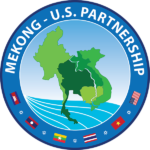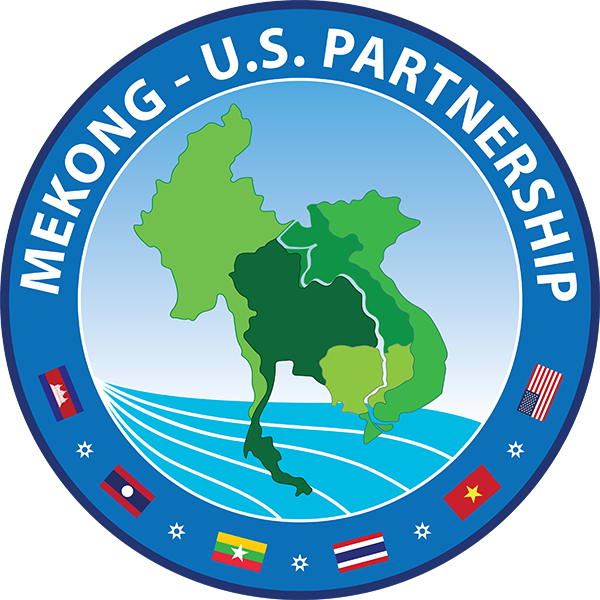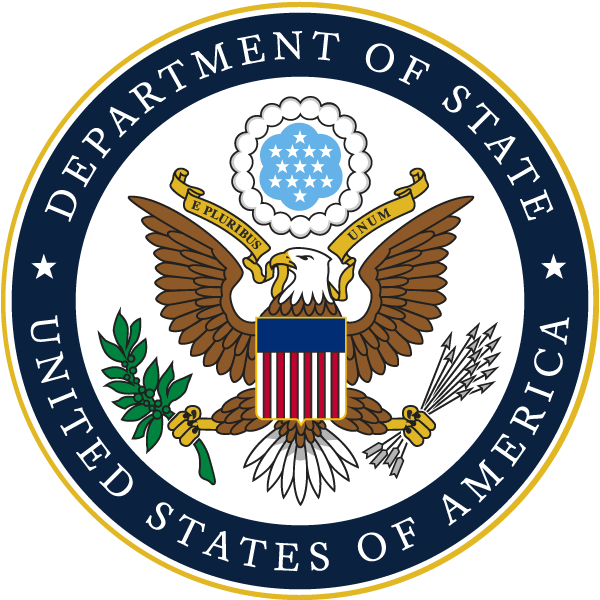By Ernest Z. Bower, Prashanth Parameswaran
During her visit to Southeast Asia earlier this month, U.S. secretary of state Hillary Clinton revealed an important tactic in the U.S. effort to strengthen its engagement with ASEAN: boosting the Lower Mekong Initiative (LMI). The LMI is part of a larger U.S. strategy that involves locking mainland ASEAN countries—Cambodia, Laos, Myanmar, Thailand, and Vietnam—into patterns of cooperation and capacity building supported by the United States, ASEAN, and other partners who can bring technology, expertise, and financial resources to the table.
Clinton first unveiled the LMI in 2009 as a means to foster sub-regional cooperation and capacity building in mainland Southeast Asia and as a vehicle to encourage ASEAN countries to work together and leverage the interests and resources of international partners. High on that list of partners is Japan, which has maintained a relatively efficient infrastructure-focused assistance program in the region.
The LMI also gives some of the newer and less developed ASEAN countries options to balance fast-expanding Chinese assistance, which appears to come with political expectations. These expectations were on display at the ASEAN Ministers’ Meeting earlier this month when Beijing placed heavy pressure on Cambodia, the ASEAN chair, to keep discussions of important aspects of the debate on the South China Sea out of the joint communique for the meeting.
Secretary Clinton’s trip, which included participation in the annual LMI and Friends of the Lower Mekong (FLM) Ministerial Meetings, saw successful efforts to bolster ASEAN and support the greater Mekong region. The United States committed $50 million over three years to various activities under the multi-year “Lower Mekong Initiative 2020” (LMI 2020), which is situated within a new integrated regional platform for engaging bilateral and transnational issues called the Asia Pacific Engagement Initiative (APSEI).
During the LMI meetings, Clinton introduced new institutional arrangements and coordinating mechanisms, such as a two-track structure for the FLM Ministerial Meeting, designed to sharpen coordination of assistance and emphasize a country-oriented strategy. In addition, Myanmar was officially welcomed as the newest member of the LMI, and Clinton received assurances from Laos that work on the controversial Xayaburi Dam was suspended until more comprehensive studies are completed.
An empowered mainland Southeast Asia supported by a meaningful and proactive LMI is not only important for Mekong countries, but critical to the realization of U.S. interests in ASEAN and throughout Asia. The future of the Mekong, a critical resource that provides more than 60 million people in the region with food, water, and transportation, is now in peril due to a string of hydropower projects that may not be well planned and coordinated within the Mekong’s eco-structure. Communities, endangered species, and fragile environmental balances are exposed to existential risks. Countries in the region want and need to develop their economies, but many have not developed institutions and processes to assess the long-term impact of near-term decisions. The United States has a strong interest in ensuring these trends do not precipitate a serious crisis with consequences inimical to its vision of a peaceful, stable, and prosperous Asia.
Efforts to close development gaps within Southeast Asian states will also help spur regional integration and facilitate the rise of a strong and integrated ASEAN. The United States wants to support a strong ASEAN as a foundation for developing regional cooperation, security, and economic integration.
The new steps announced also address some earlier concerns expressed regarding the LMI and U.S. engagement in Southeast Asia. Those worried about the sustainability of the LMI will be comforted by the new multi-year funding commitments and the incorporation of LMI 2020 into the new, broader APSEI. Others who fretted about coordination issues and potential duplication will be assuaged somewhat by the establishment of a new two-track structure for the FLM and a new LMI Coordination Hub at the USAID Mission in Bangkok.
The key parties also wisely set priorities and aligned nomenclature to facilitate seamless participation and coordination with broader objectives. Steps such as the broadening of the “infrastructure” pillar of the LMI to “connectivity” brought it into greater alignment with ASEAN’s Master Plan for Connectivity, while the extension of the “environment” pillar to “environment and water,” together with Clinton's discussions with Laos on the Xayaburi Dam and U.S. financial support for the Mekong River Commission, reflected widening concerns about dams along the Mekong.
The substantive support for the LMI also added credibility to the primary message Secretary Clinton intended to deliver on this trip: that the U.S. rebalancing to Asia has a strong economic component and is not limited to military or security initiatives.
While the commitments are a good step in the right direction, more needs to be done. The modest $50 million allocated over the next three years under APSEI is a foundation, but will not have long term impact unless tireless work is done to bring in other partners with real resources to leverage the commitment. The requirements are daunting in their scope and scale, ranging from governance to programs such as malaria control and prevention, the empowerment of women, and a regional environmental initiative.
ASEAN understands the United States is cash-strapped, and that perception feeds into concerns about the sustainability of U.S. engagement regardless of what U.S. officials say, especially when China continues pumping money into mega-projects and disbursing loans to enhance its influence. There are also worries that the departure of diplomats like Clinton and Assistant Secretary of State for East Asian and Pacific Affairs Kurt Campbell will mean a lack of interest in Southeast Asia and a consequent loss of momentum for initiatives like the LMI.
Nonetheless, prospects for cooperation seem bright. The United States and Singapore have provided a practical example for collaboration in the Mekong countries via the Third Country Training Program signed in February. The United States also retains significant voting power and influence in the Asian Development Bank and World Bank to promote initiatives that will boost the LMI. Leveraging these other tools more in the future may help sustain momentum in times of austerity.
Additionally, while U.S. companies not backed by state-sponsored easy credit may not be able to compete on pricing with Chinese companies on Mekong mega-projects, the LMI offers a path for companies to team with development agencies and governments to provide training, innovative technologies, and targeted inputs to infrastructure that will eventually connect ASEAN with China, India, and other fast-growing countries in the region. Examples are already surfacing, including Mekong projects involving the innovative technologies of Intel, the educational excellence of the Harvard Kennedy School, and advice on impact assessments and standards from the U.S. Mississippi River Commission and U.S. Geological Survey. In such fields, the United States is virtually unparalleled.
The Obama administration should be commended for boosting the LMI and making it a key part of U.S. engagement with Southeast Asia. If the next administration sustains this commitment and the United States continues to use all the arrows in its quiver, it can help ensure a prosperous and peaceful Mekong region and a strong and integrated ASEAN.
Ernest Z. Bower is senior adviser and director of the Southeast Asia Program at the Center for Strategic and International Studies (CSIS) in Washington, D.C. Prashanth Parameswaran is a researcher in the Southeast Asia Program.
Commentary is produced by the Center for Strategic and International Studies (CSIS), a private, tax-exempt institution focusing on international public policy issues. Its research is nonpartisan and nonproprietary. CSIS does not take specific policy positions. Accordingly, all views, positions, and conclusions expressed in this publication should be understood to be solely those of the author(s).
© 2012 by the Center for Strategic and International Studies. All rights reserved.
Source: Center for Strategic and International Studies (CSIS)
Source URL: http://csis.org/publication/us-moves-strengthen-asean-boosting-lower-mekong-initiative
 Mekong - U.S. Partnership
Mekong - U.S. Partnership


